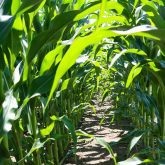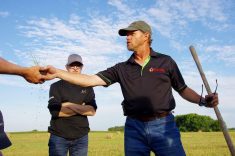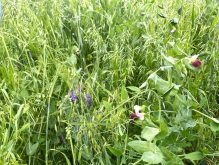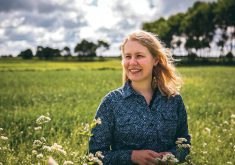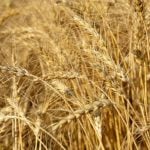Double cropping is rare in Manitoba, but Marg Rempel did just that on 200 acres of her farm near Ste. Anne this year.
The first was a 70-bushel-an-acre barley crop harvested in early August.
The second was barley silage grown in the same field that yielded between 1.5 and two tonnes an acre harvested by another farmer for livestock feed.
“We were fortunate in getting an inch of rain just before the September long weekend,” Rempel said during the Keystone Agricultural Producers’ (KAP) online advisory council meeting Sept. 20. “It sprouted that (second) barley (crop) really well and this week we sold two tonnes per acre of silage, headed out green barley. It was beautiful.”
Read Also
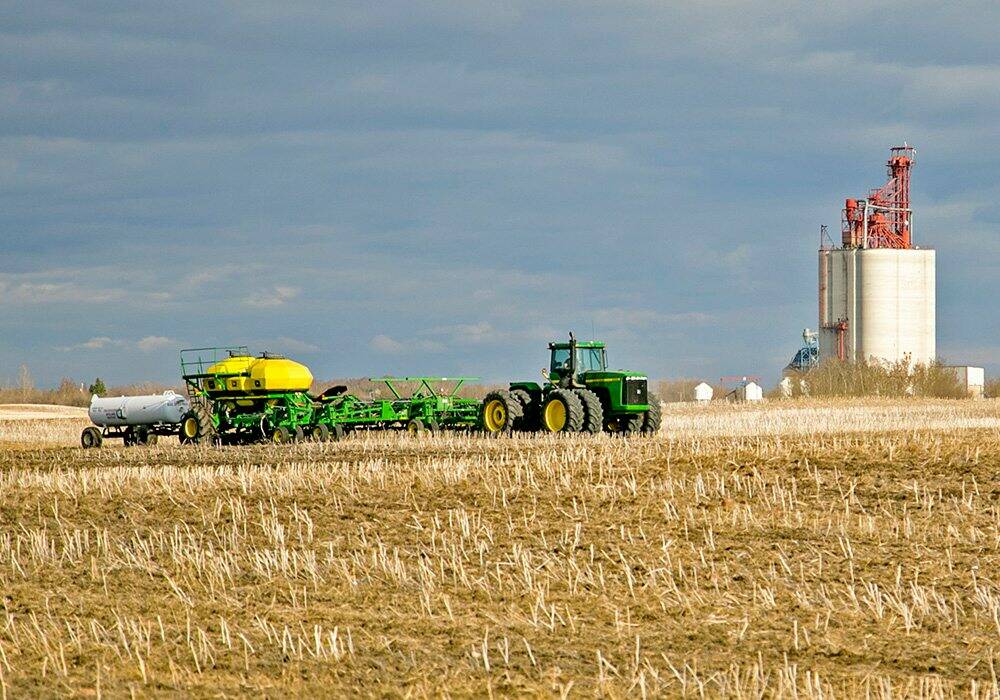
Better data on fertilizer emissions with the Internet of Things
Web of soil sensors looks for live insights on farm greenhouse gas emissions and nitrogen fertilizer application.
Double cropping is more associated with farming in tropical places where it rarely, if ever, freezes. And to be clear, when Rempel, who has introduced some regenerative agricultural practices to her hog and grain operation, seeded her second crop of barley while harvesting the first, she thought of it as a cover crop.
“Farmers need to experiment more and try new things,” Rempel said in an interview Oct. 21.
Rempel told KAP she learned the best cover crop to follow early-harvested small cereals with was the cheapest one.
“So with 200 acres of barley this year we didn’t get really too preoccupied with making sure that we saved absolutely every single kernel (when we combined),” she told the KAP meeting. “We figured we probably let half a bushel go back on the land.
“So another revenue stream came from seeding a cover crop that we did not buy any extra seed (for), we didn’t pay for any extra labour, we didn’t use another pass of equipment, but it was a second revenue stream for that piece of land. I think we need to get more creative and share some of our creative ideas.”
It might not always work, Rempel said later. The second crop might not germinate or frost might kill it before it could be harvested. But so long as there’s something green growing instead of bare land there are benefits, including preserving nutrients, encouraging root development that improves soil health and weed control.
With farmers expected to cut greenhouse gas emissions 30 per cent by 2030 to mitigate climate change they will have to be less reliant on petroleum-based nitrogen, she said. That includes growing nitrogen-fixing annual crops and cover crops, she said.
Rempel said KAP is doing a good job looking at environmental issues from the farmer’s perspective.





